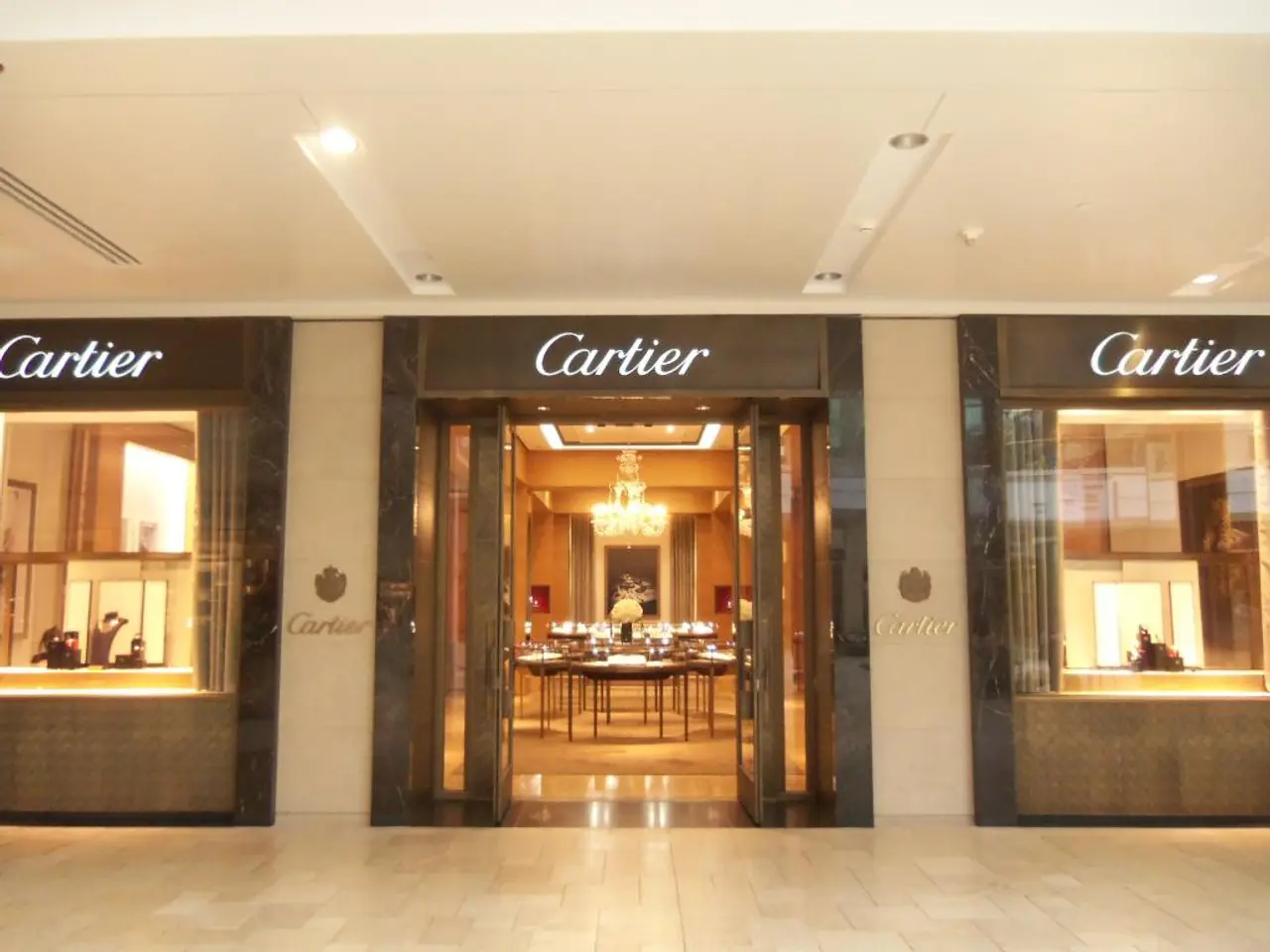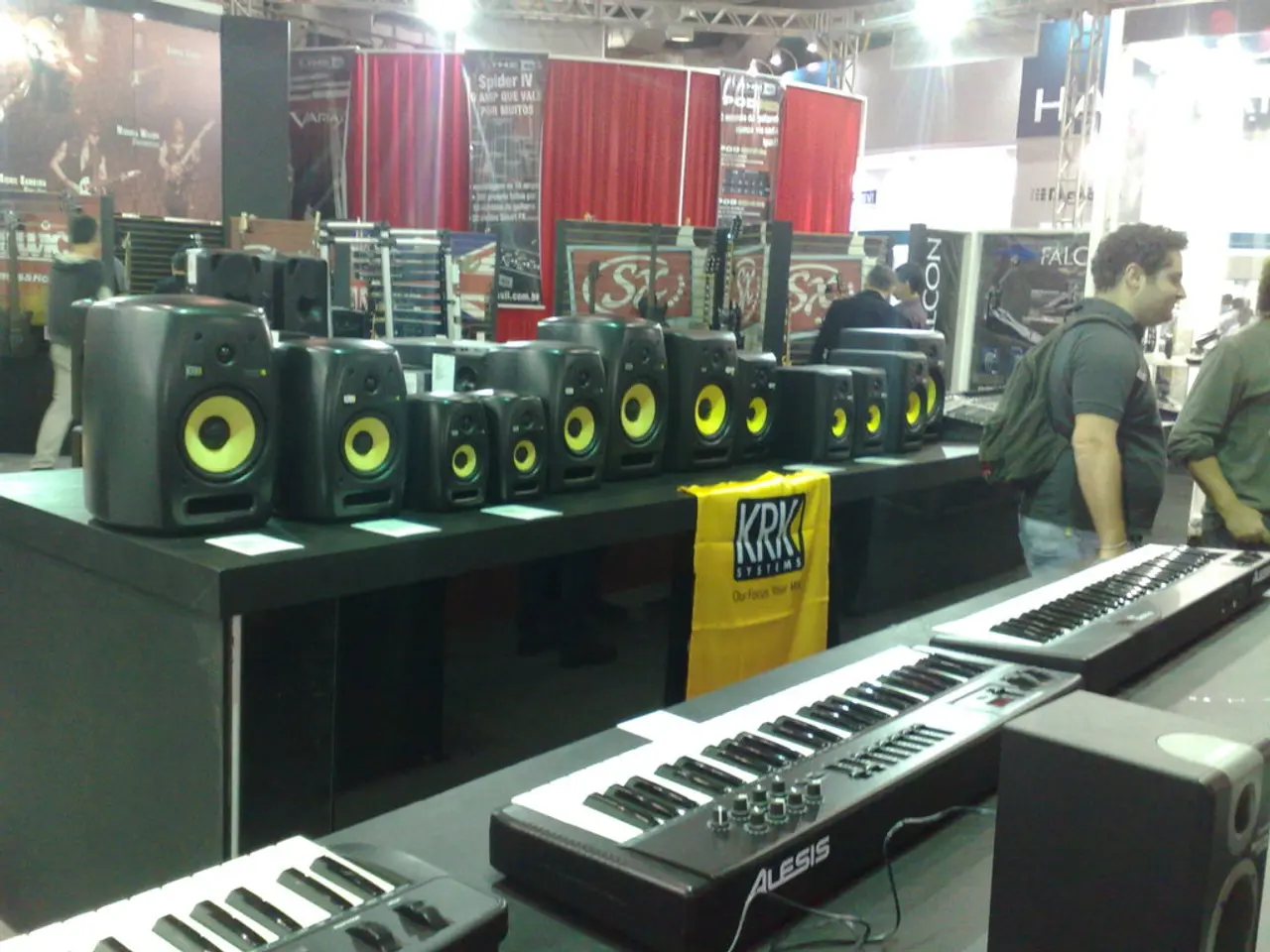Hotel construction in the United States experienced a sixth consecutive decline for the months in question.
## Slowing U.S. Hotel Construction Amid Economic Uncertainty
Hotel construction in the United States has slowed significantly in 2025, reaching a five-year low with 138,922 rooms under construction as of June 2025. This marks the sixth consecutive month of year-over-year decreases and a 20-quarter low, according to CoStar, a leading provider of online real estate marketplaces, information, and analytics.
The slowdown is attributed to several factors, including declining hotel demand, ongoing economic uncertainty, and persistently elevated construction and capital costs that continue to act as major obstacles for new projects.
## Regional Trends
More than half of all hotel rooms under development are concentrated in the South, particularly outside the top 25 markets. This suggests that while major metropolitan areas are seeing less activity, secondary and tertiary markets in the South are still attracting investment.
Dallas stands out as the leading U.S. market for hotel construction, with 203 projects and 24,496 rooms in its pipeline at the end of the first quarter of 2025. While Dallas is an exception among large metros, the trend remains that most new construction is not in the largest, most saturated urban centers.
## Chain Scale Segments
Despite the overall decline, the luxury segment is bucking the trend, with 6,443 rooms under construction—a 4.1% year-over-year increase. This niche appears to be weathering the broader downturn, likely driven by demand from high-income travelers and investors seeking premium returns.
Extended-stay hotels are showing resilience, with an 8.2% compound annual growth rate (CAGR) forecast. Select-service hotels, which make up 42% of 2024 room revenue, continue to be a strong segment due to their operational efficiency and lower overhead. Developers are increasingly incorporating features like kitchenettes and washer-dryers to appeal to families, traveling nurses, and project teams.
Full-service hotels are shifting focus toward curated experiences (e.g., rooftop bars, locally sourced dining) rather than traditional amenities, aiming to command rate premiums. Boutique and lifestyle hotels are leveraging distinctive design and local partnerships to attract social-media-savvy travelers.
## Pipeline and Future Outlook
While the number of rooms under construction is down, the pipeline remains substantial in the planning stages. 266,276 rooms are in final planning (slightly down year-over-year) and 349,802 rooms are in the early planning phase (up 4.8% year-over-year). However, many of these projects may not break ground soon due to current market conditions.
With fewer competitors and moderating construction-cost inflation, developers with long-term vision and capital access are encouraged to begin pre-development activities, positioning themselves to deliver hotels into a less saturated market once conditions improve. This strategic groundwork includes market analysis, design, and entitlements, with the expectation of better timing for the next growth cycle.
In conclusion, U.S. hotel construction is experiencing a significant slowdown in 2025, driven by economic uncertainty, high costs, and softer demand. The South, especially outside major metros, remains the focal point for new development, while the luxury segment is a notable exception to the broader downturn. Extended-stay and select-service hotels continue to show strength due to their operational flexibility and appeal to a diverse guest base. While the planning pipeline remains robust, actual construction starts are likely to remain subdued until market conditions improve.
The focus of new hotel development in the foreseeable future is on the middle tier (Upscale and Upper Upscale). Vicky Karantzavelou, co-founder and Editor-in-Chief of our website Media Network, holds a Bachelor's degree in Tourism Business Administration and a Master in Business Administration (MBA). She has written/edited numerous articles in various tourism magazines.
- The slowdown in U.S. hotel construction, mainly due to economic uncertainty and high costs, has led to a focus on the middle tier (Upscale and Upper Upscale) for new hotel development in the foreseeable future.
- Despite the overall decline in hotel construction, the luxury segment is an exception, showing a 4.1% year-over-year increase, likely driven by demand from high-income travelers and investors seeking premium returns.




